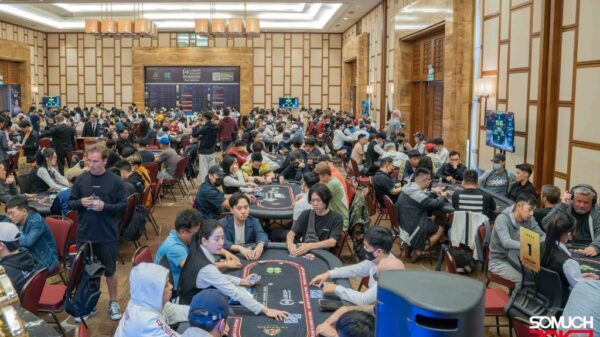After our All Saints’ Day and All Souls’ Day break, let’s brace ourselves for the epic traffic jams in Metro Manila and most major cities around the country as people prepare for Christmas festivities. Indeed, while Christmas is the most anticipated day of the year, driving during this season isn’t always a happy one.
Expect the main thoroughfares to become even more clogged with both old and new cars; darting motorcycles loaded with packages for delivery; and of course, buses, taxis and jeepneys jostling for position to take advantage of the influx of shoppers.
Motorists caught in a traffic jam won’t just make them late in reaching their destination — it can also negatively affect their mental health, making them more prone to stress and sometimes, violence.
Psychologists say that daily annoyance such as getting stuck in traffic can build up over time and cause mental problems later in life.
According to Sunny Joseph, a clinical psychologist at Manipal Hospital in Bengaluru, India, situations that cause stress on the road may often be carried home, where the person may misdirect their anger towards their spouse or children.
His observation, published by White Swan Foundation of India, further warned that this could form a vicious cycle and in turn result in road rage or rash driving the next time they get behind the wheel or are stuck in a traffic jam.
While deep breathing can help one stay calm and let go of the situation, here are some interesting suggestions that could help manage the situation.
Refrain from making unnecessary lane changes. “Is the lane next to me moving faster?” This is a question virtually every driver has asked himself or herself at some point in a traffic jam.
However, weaving back and forth between lanes isn’t going to save you significant amount of time as multiple experiments have shown.
In fact, this action only increases the likelihood of an accident, according to a 1999 study that used computers to simulate two lanes of stop-and-go highway traffic that were traveling at the same overall average speed.
Impatience is one of the stress triggers of lane weaving according to Samir Parikh, director at the Fortis Memorial Research Institute in Gurugram, India. “Having to wait for the traffic to move or dealing with the mistakes of other motorists on the road can lead to resentment, anger, road rage, all culminating in stress, a deadly disease.”
The director gave this advice: “Ignore it, wait patiently to get out of it, or listen to music. If you’re upset, talk to someone, do some breathing exercises, distract yourself to stay calm and relaxed. Remind yourself that you’re not the only one stuck in traffic.”
Always maintain a safe following distance. When driving in heavy traffic, you always find yourself riding extremely close to the rear bumper of the vehicle in front of you. Considering the slow pace of driving, it’s understandable that you may think this is still safe. On the contrary, this is a perfect recipe for figuring in a rear-end collision.
Always leave a considerable space between you and the vehicle in front to give you time to react when that vehicle suddenly hits the brake. It also gives you time to act swiftly should you become distracted by your mobile phone, or while reaching for something in the vehicle or glancing at a navigation device.
Stop rubbernecking. Curiosity is part of our human nature, but it’s really something that you should avoid during a traffic jam especially when you have to pass by a road accident or other emergency cases. Remember to keep your eyes on the road or you’ll find yourself involved in an accident in no time.

















